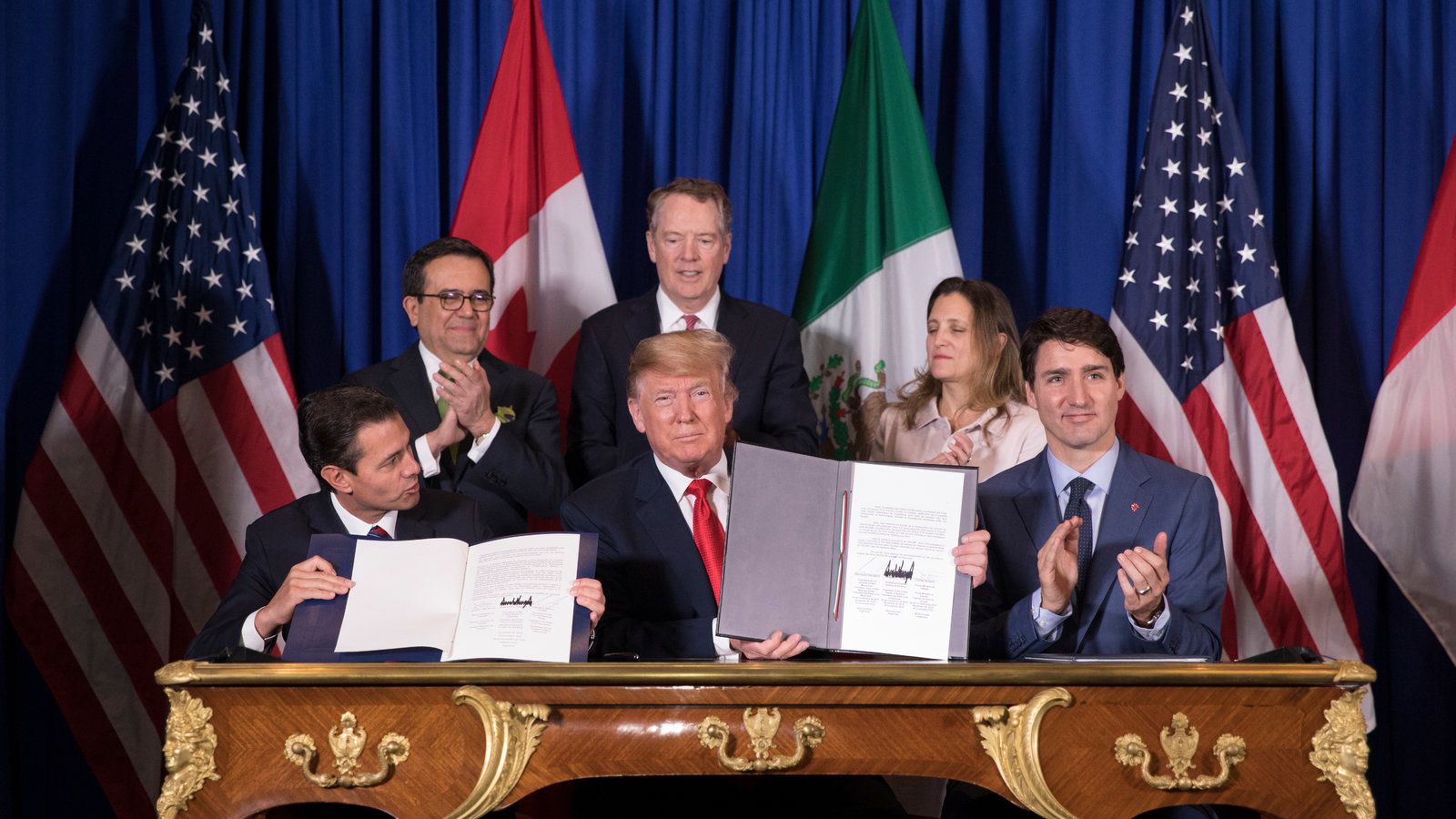Rising Copper Prices: A Response To US-China Trade Negotiations

Table of Contents
The Impact of Tariffs on Copper Prices
Tariffs imposed by the US and China have profoundly affected the international copper market, leading to significant price increases. The imposition of import duties on copper products, a key component in numerous manufacturing processes, directly increases the cost of goods for businesses. Manufacturers reliant on imported copper, whether for electrical wiring, plumbing, or industrial applications, face higher production costs, potentially impacting their profitability and competitiveness.
- Increased import duties on copper products: Tariffs add a substantial percentage to the price of imported copper, making domestic sources (where available) comparatively more attractive but potentially less abundant.
- Higher production costs for companies reliant on imported copper: This added cost is often passed on to consumers, leading to inflation and potentially dampening consumer demand.
- Potential for reduced international trade in copper: The uncertainty created by tariffs discourages long-term trade agreements and investment, disrupting established supply chains.
For example, a 25% tariff on copper imports from China could translate to a considerable increase in the final price of goods containing copper. This impacts not only the immediate cost but also long-term investment decisions within the affected industries. The resulting data reflects a clear correlation between tariff increases and rising copper prices.
Supply Chain Disruptions and Copper Production
Trade tensions between the US and China create significant disruptions to the global copper supply chain. The complexities of international trade, involving mining, processing, refining, and transportation, are easily destabilized by trade wars. This uncertainty affects copper mining and processing operations in various countries, impacting production levels and delivery times.
- Delayed shipments and logistical challenges: Tariffs and trade restrictions lead to port congestion, bureaucratic delays, and increased transportation costs, all contributing to supply chain bottlenecks.
- Uncertainty in future trade policies affecting investment decisions in the copper industry: Companies hesitate to invest in new copper mines or processing facilities given the volatile and unpredictable trade environment.
- Potential for shortages in certain copper grades: Disruptions to specific mining operations or processing plants can create regional or global shortages of particular types of copper, further driving up prices.
China, being the world's largest copper consumer, plays a crucial role in this dynamic. Any disruption to China's copper imports or its domestic production significantly influences global supply and demand, impacting prices worldwide.
Global Demand and Copper Prices
Global copper demand is strongly linked to economic growth, particularly in developing nations like China. China's robust infrastructure development and industrial expansion drive significant copper consumption. However, trade wars significantly impact global economic growth, which in turn affects copper demand.
- China's role as a major driver of global copper consumption: China's economic slowdown or changes in its industrial policies can immediately impact global copper demand.
- Impact of trade wars on global economic growth and its effect on copper demand: Uncertainty caused by trade disputes reduces investment and consumer confidence, leading to decreased demand for raw materials like copper.
- Analysis of future demand projections considering trade uncertainties: Predicting future copper demand is challenging given the unpredictable nature of trade negotiations and their ripple effects on global economies.
Data on copper consumption from key markets (including China, the US, and Europe) clearly demonstrates the correlation between economic growth and copper demand. Any slowdown in these major economies leads to a decrease in copper consumption and puts downward pressure on prices—though other factors can override this, as we are seeing now.
Investing in Copper Amidst Trade Uncertainty
Investing in copper during periods of trade uncertainty presents both risks and opportunities. The volatility in copper prices necessitates careful risk management strategies.
- Diversification strategies for reducing investment risk: Investors should consider diversifying their portfolios to mitigate the impact of fluctuations in copper prices.
- Long-term vs. short-term investment considerations: Long-term investors may be better positioned to withstand price volatility, while short-term traders need to be highly attuned to market movements.
- Analyzing market trends and predicting future price movements: Thorough market analysis, including an understanding of geopolitical factors and economic indicators, is crucial for predicting future copper price movements.
Investment options in the copper market include futures contracts, exchange-traded funds (ETFs), and direct investments in copper mining companies. Each option carries different levels of risk and reward.
Conclusion: Understanding Rising Copper Prices and Future Outlook
US-China trade negotiations significantly impact rising copper prices through a combination of tariffs increasing costs, supply chain disruptions limiting availability, and influencing global demand based on overall economic growth. Monitoring trade relations is crucial for predicting future copper price movements. Understanding the complexities of the copper market and its susceptibility to geopolitical events is vital for businesses and investors alike. Stay informed about US-China trade developments to better manage the impact of rising copper prices on your investments or business. Subscribe to reputable market analyses for updates on copper price fluctuations and delve deeper into the intricacies of this dynamic market.

Featured Posts
-
 Catch The Celtics Vs Heat Game Live February 10th Details
May 06, 2025
Catch The Celtics Vs Heat Game Live February 10th Details
May 06, 2025 -
 Fortnite Festival Lineup Leak Sabrina Carpenter Possibly Confirmed
May 06, 2025
Fortnite Festival Lineup Leak Sabrina Carpenter Possibly Confirmed
May 06, 2025 -
 Arnold Schwarzenegger Egy Apa Bueszkesege Joseph Baena
May 06, 2025
Arnold Schwarzenegger Egy Apa Bueszkesege Joseph Baena
May 06, 2025 -
 000 Den Fazla Hasta Saglik Bakanligi Nin Nadir Hastaliklar Kayit Sistemi Raporu
May 06, 2025
000 Den Fazla Hasta Saglik Bakanligi Nin Nadir Hastaliklar Kayit Sistemi Raporu
May 06, 2025 -
 Patrick Schwarzeneggers Near Miss The Untold Story Of His Superman Audition
May 06, 2025
Patrick Schwarzeneggers Near Miss The Untold Story Of His Superman Audition
May 06, 2025
